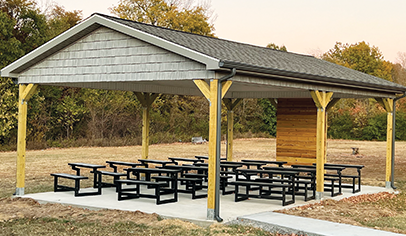This summer, a permission slip came home as part of the registration materials for a local vacation bible school. After reviewing the form, I did not hesitate to sign. As an attorney it was obvious to me that the form would never stand up in court. Thus, signing meant nothing.
This is frequently the case. While permission slips are a staple of school activities, they are rarely worth the paper they are copied onto. If you use them to protect your PTO for field trips and other activities, this may be a good time to take a hard look at what you’re asking parents to sign.
Permission Problems
Courts in many states and localities reject permission slips and other similar forms as against public policy. Forms are most likely to be rejected in these cases:
- Parents are asked to sign away their children’s right to sue in the event of injury or damage.
- The form seeks to excuse negligent conduct, particularly willful misconduct or gross negligence.
- The parents are required to sign the form, without receiving anything of value in exchange for the “rights” surrendered.
Courts are more likely to uphold “informed consent” documents. These differ from permission slips, which often attempt to waive the rights of the participants and excuse the negligent conduct of the event organizer. Informed consent documents, on the other hand, generally only seek to relieve the organization from the inherent risks of the activity itself and only for those risks about which the participant and his parents have been informed. Because courts strictly construe informed consent documents, the consent must be carefully drafted.
To use an informed consent form properly, you should:
- Clearly identify the activity and all of the inherent risks involved in participating in the activity.
- Have the parent sign the document indicating that he has read and understood the risks involved and agrees not to bring a lawsuit for any harm resulting from the risks identified on the form.
How It Works
For example, a PTO arranges and pays for a field trip to the zoo. The trip will include participating in a rock climbing wall activity and visiting a petting zoo.
The PTO uses a consent form that clearly identifies these activities and the inherently dangerous nature of the climbing activity in particular. Parents sign the form indicating that they have read about and understood the activity and the risks and will not bring a lawsuit. One parent asks that her child not go into the petting zoo, because her child has animal allergies. The PTO agrees to this stipulation.
While on the trip, two children are injured on the rock climbing wall. Sally didn’t get a good toehold and fell against the wall, requiring stitches to her forehead. Bill broke his leg when the rope he was using snapped.
The PTO is probably free from liability for Sally’s injuries; she was hurt based on an inherent risk of the activity of which Sally and her parents were informed. Bill, however, was injured due to faulty equipment. The PTO may be liable unless it signed an agreement with the zoo or the climbing wall owner stating that the party operating the climbing wall would be liable for faulty equipment.
Using permission slips is a good way to limit liability if the forms are carefully drafted to clearly inform parents of the activities and their risks. But a well drafted consent form is not enough to properly protect an organization from the risks of hosting an event. PTOs also should limit liability by acquiring appropriate insurance and transferring risks to other parties (such as the owner of the rock climbing wall) by contractual agreement. With proper planning, you can protect your group from most risks.














